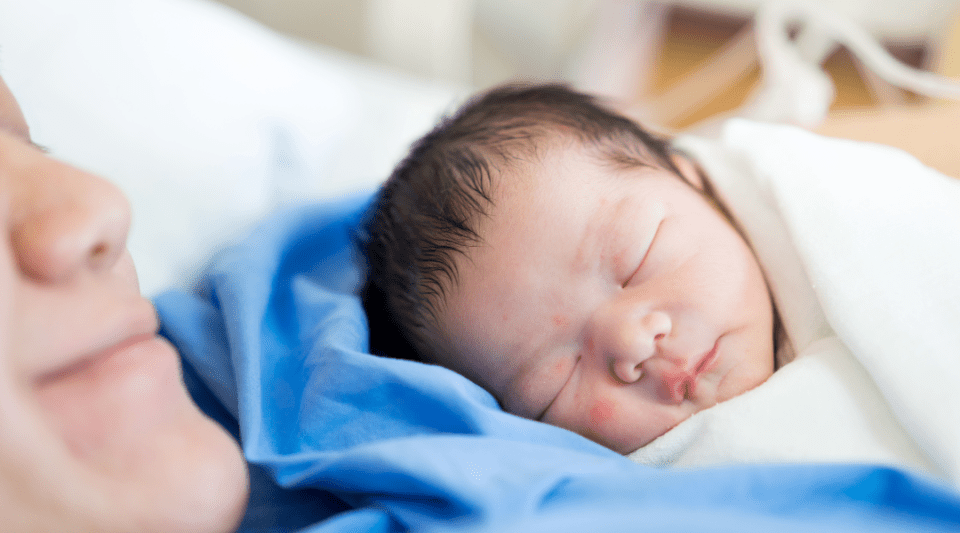A recent study published in the ‘Journal of the National Cancer Institute’ found that women who use chemical hair straightening products have a higher risk of uterine cancer compared to women who do not use them. However, these were preliminary results of tests carried out on a very specific population, without establishing any specific chemical as a possible cause. Therefore, more studies are needed to confirm or deny these results. Cancer of the uterus, and especially endometrial cancer, the most common uterine cancer, has been shown to be related to obesity and associated hormonal dysfunction.
The study found that women who reported using hair straightening products more than four times a year were more than twice as likely to develop uterine cancer compared to those who did not use these products. However, no increased risk was observed for other hair products, such as dyes, bleaches or perming solutions.
Approximately 60% of the participants who had used these types of products were African-American women, and no information was collected about the brands or ingredients of the products used. This means that the results are still preliminary and relate to a very specific population.
Data for this research was collected from the Sister Study, which attempted to identify risk factors for breast cancer and other health conditions in women. This study was conducted by following the health status of 33,497 American women between the ages of 35 and 74 for 11 years, who were regularly asked questions about their day-to-day lives. During that time, 378 cases of uterine cancer were diagnosed.
Endometrial cancer, the most common type of uterine cancer
Endometrial cancer begins when the cells that line the cavity of the uterus begin to grow uncontrollably. It is one of the most common gynaecological cancers. In Spain, it is the fourth most common cancer in women.
The endometrium is the tissue that lines the cavity of the uterus and is notable for being very sensitive to the hormonal changes of the reproductive cycle. Thus, it grows rapidly during the first phase of the cycle due to the action of oestrogens, matures during the second phase due to the action of progesterone and, if there is no pregnancy, is shed cyclically (menstruation). Some known risk factors for endometrial cancer are being obese and a lack of ovulation leading to excess oestrogen. This hormonal imbalance causes excess growth of the endometrium (hyperplasia) and, in some cases, leads to endometrial cancer.
Although it is considered that some components of hair products - such as parabens, bisphenol A, metals and formaldehyde - could cause hormonal changes and consequently cause this type of cancer, there is still insufficient evidence to prove it. Thus, more high quality studies are needed, studying specific substances and including other populations.
Information documented by:
Dr Aureli Torné, Head of the Oncological Gynaecology Unit, Clinical Institute of Gynaecology, Obstetrics and Neonatology at the Hospital Clínic, Barcelona.






